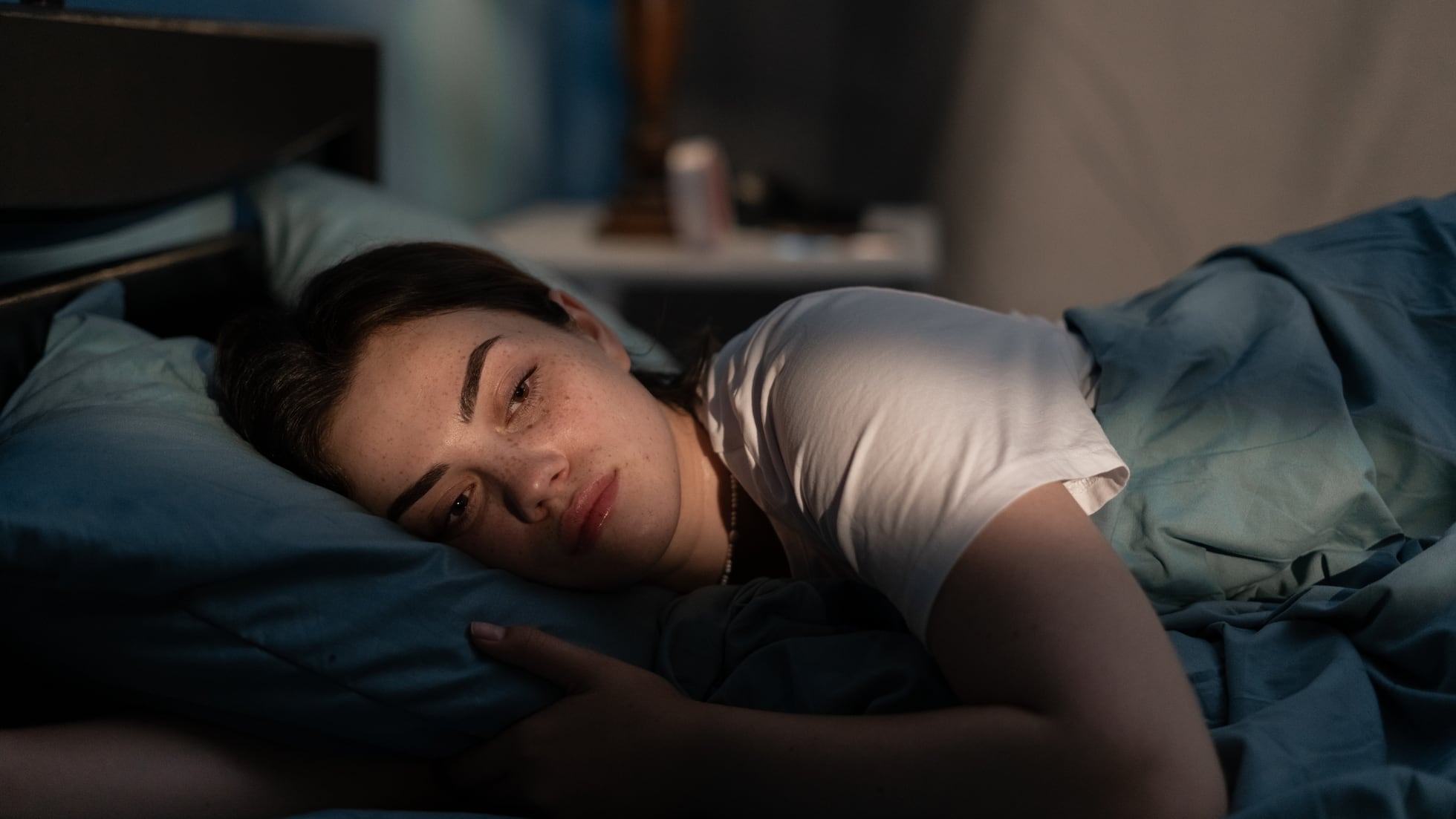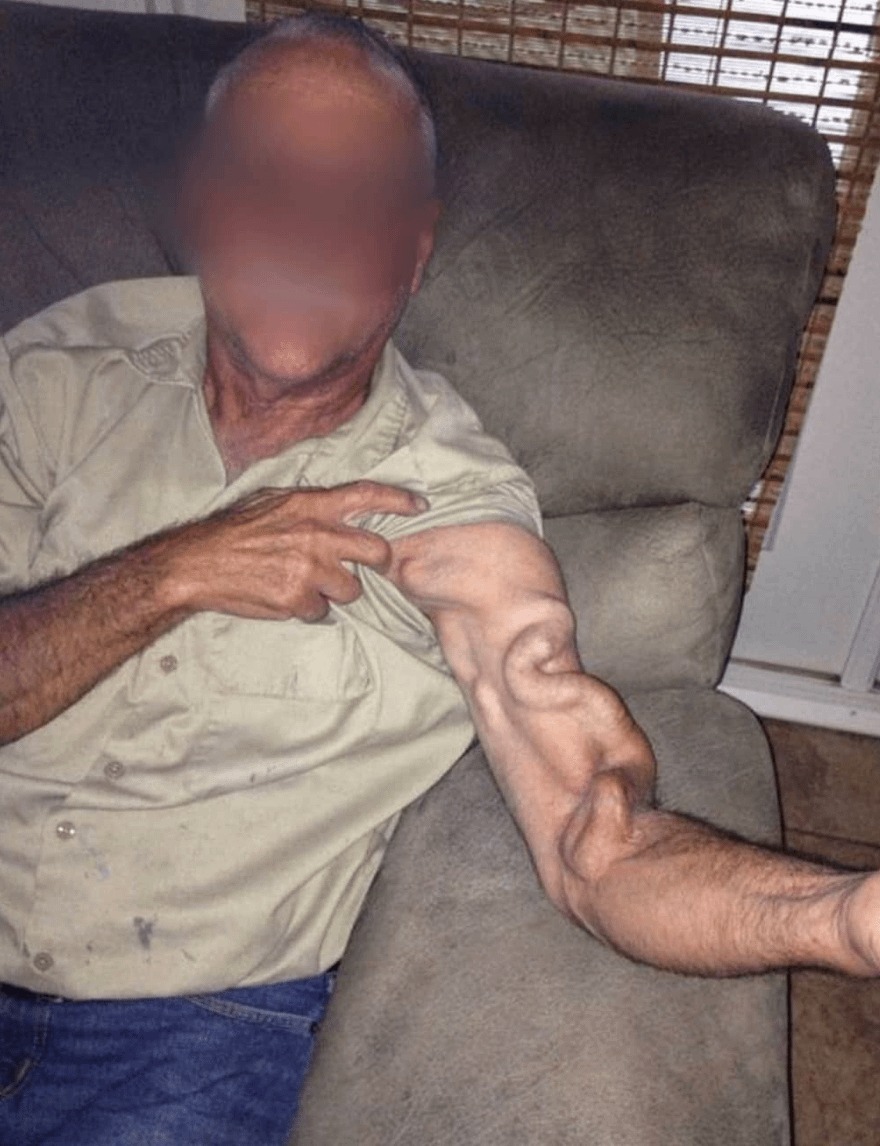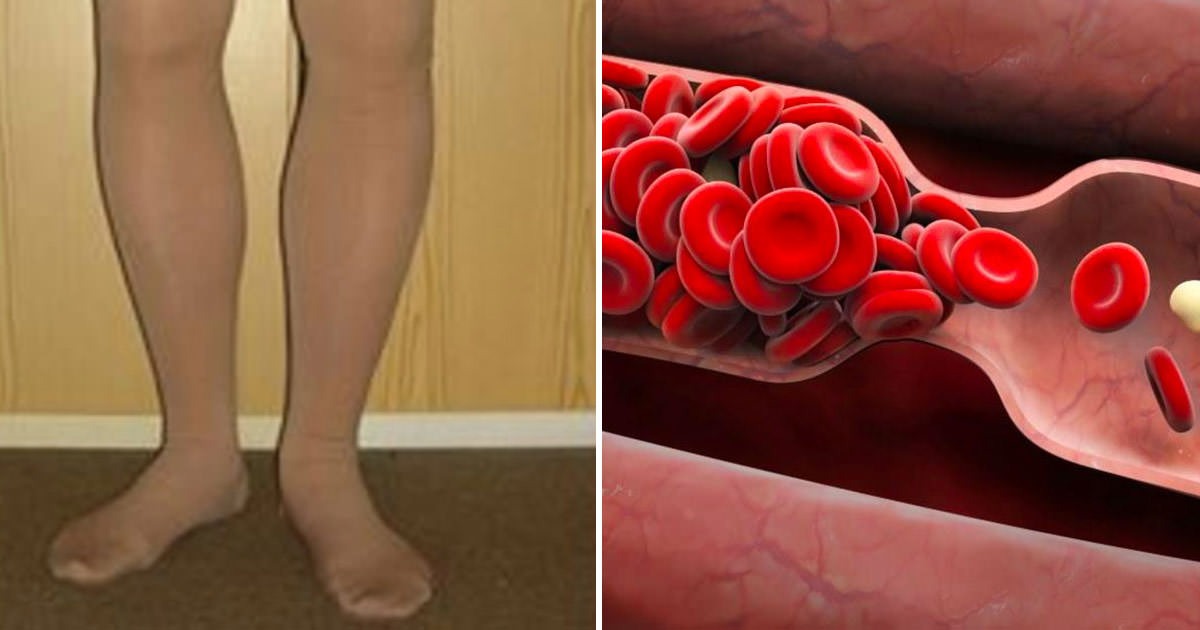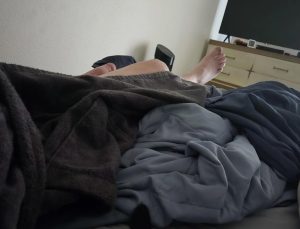SK. Understanding and Preventing Nighttime Cramps: A Guide
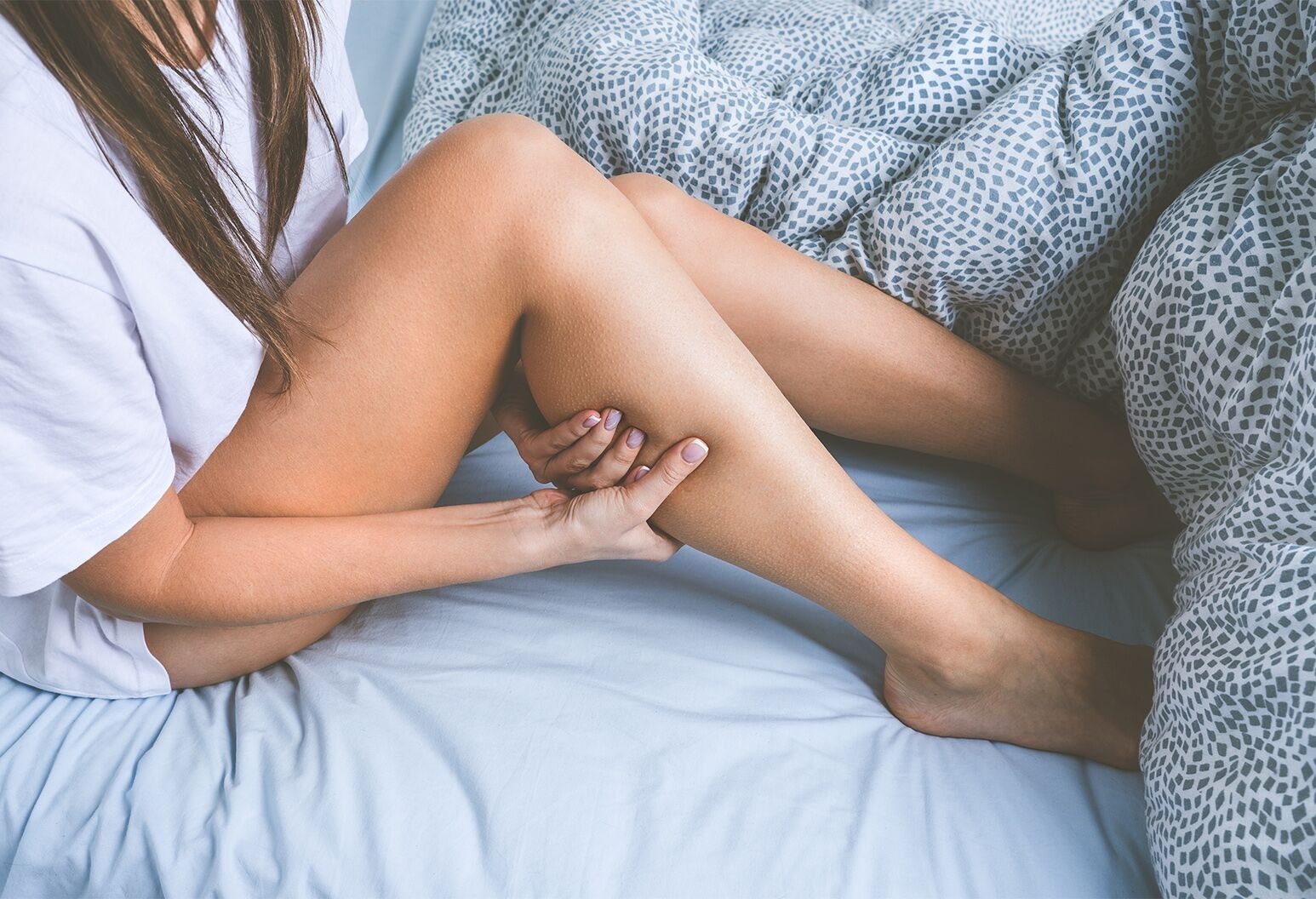
Nighttime cramps, particularly in the legs, are a common issue that can disrupt sleep and cause discomfort. These involuntary muscle contractions often occur in the calves, feet, or thighs, and they can range from mild to very painful. Understanding the causes and implementing preventive measures can help reduce the occurrence of these cramps. Here’s a breakdown of why they happen and how you can avoid them.
What Are Nighttime Cramps?
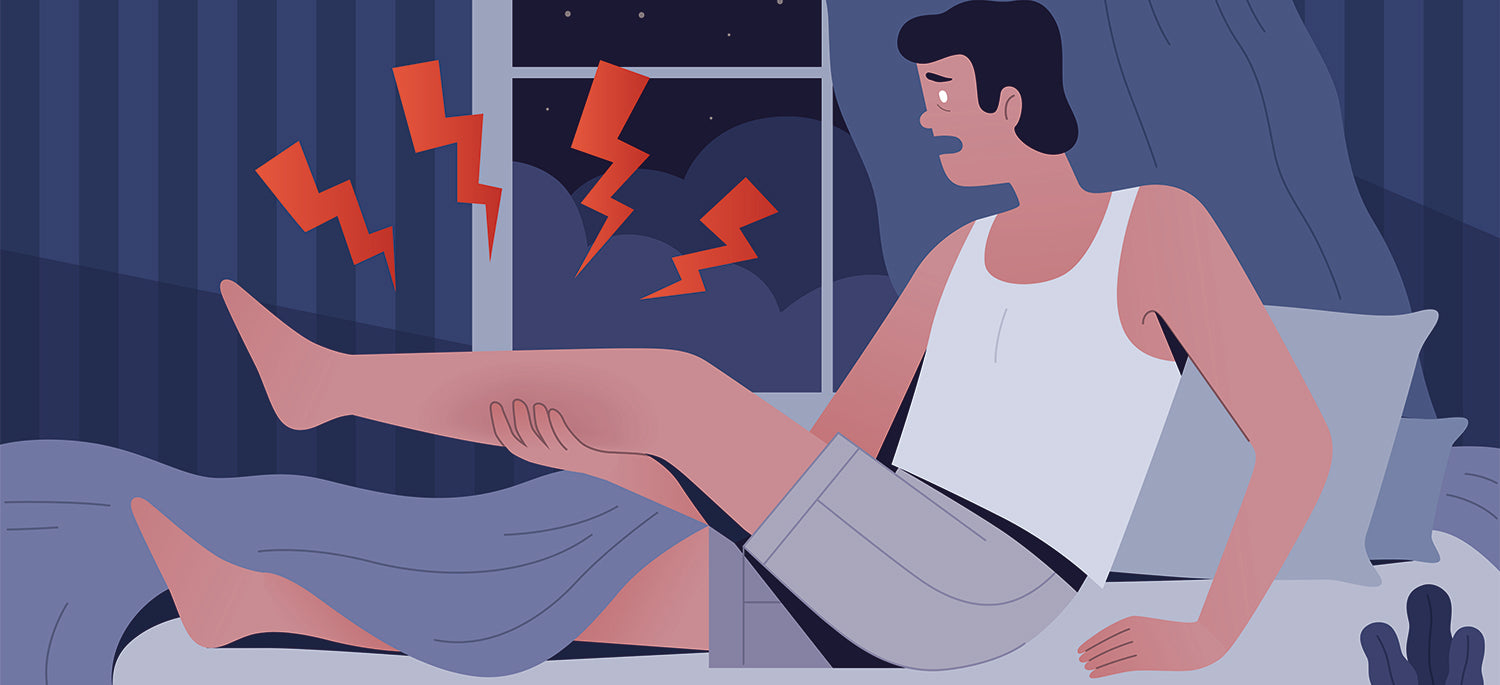
Nighttime cramps, also known as nocturnal leg cramps, are sudden, painful muscle contractions that typically happen at night. The affected muscles may feel tight, hard, and sometimes visibly bulging. They usually occur in the calf, but they can also affect the feet or thighs. These cramps can cause significant discomfort and interrupt sleep, leading to fatigue and irritability the following day.
While the exact cause of leg cramps during the night is not always clear, several factors are commonly associated with this condition.
Common Causes of Nighttime Cramps

-
Dehydration
Dehydration occurs when the body doesn’t have enough water to perform its normal functions. This can lead to an imbalance in electrolytes, such as potassium, magnesium, and calcium, which are essential for proper muscle function. When these electrolytes are off-balance, it can trigger muscle cramps. -
Mineral Deficiency
Lack of certain minerals, particularly potassium, calcium, and magnesium, can contribute to leg cramps. These minerals play crucial roles in muscle contraction and relaxation. A deficiency can cause muscles to spasm involuntarily. -
Poor Blood Circulation
When blood flow to the legs is reduced, it can cause muscle fatigue and increase the likelihood of cramps. Sitting or lying in one position for a prolonged period, especially when the legs are elevated or bent, can contribute to this issue. -
Muscle Fatigue
Overuse of muscles during the day—such as standing for long periods, intense exercise, or physical labor—can lead to muscle fatigue. When muscles are exhausted and trying to recover, they can cramp up during rest, especially at night. -
Sleeping Position
Your sleeping posture plays a significant role in leg cramps. Pointing your toes downward while sleeping shortens the calf muscles, increasing the risk of cramping. This position places additional strain on the muscles, making them more prone to spasms. -
Medical Conditions
Certain underlying medical conditions, such as diabetes, thyroid disorders, nerve damage, or pregnancy, can make night cramps more frequent. For example, pregnant women often experience leg cramps due to changes in circulation and the extra weight placed on their legs. -
Medications
Some medications can contribute to leg cramps as a side effect. Diuretics, statins, and beta-blockers are among the medications that may lead to muscle cramps. If you are taking any of these, consult with your healthcare provider if you experience frequent cramps.
How to Prevent and Manage Nighttime Cramps
:max_bytes(150000):strip_icc()/leg-cramp-night-GettyImages-1467942526-e6c2b55c61bf4a818fa4d3d32b7a503e.jpg)
Fortunately, there are several steps you can take to reduce or prevent leg cramps at night. Below are some practical tips that can help:
1. Stay Hydrated
Ensure you drink plenty of water throughout the day to keep your body hydrated. Staying hydrated helps maintain a proper balance of electrolytes, reducing the likelihood of cramps. If you are physically active or sweat a lot, consider drinking electrolyte-rich beverages to replenish lost minerals.
2. Stretch Before Bed
Gentle stretching of your calves, thighs, and feet before bedtime can help relax muscles and reduce cramping. Simple yoga stretches or light leg stretches can keep muscles flexible and prevent them from tightening overnight.
3. Improve Your Sleep Posture
Avoid sleeping with your toes pointed downward, as this shortens the calf muscles. Instead, keep your feet in a neutral position. You can use a pillow to prop up your feet and prevent your toes from pointing down. This simple adjustment can reduce the risk of cramps.
4. Massage and Use Warm Compresses
Before bed, try massaging your legs to stimulate blood flow and relax the muscles. Alternatively, use a warm towel or heating pad on your calves to help relax tense muscles. Warmth can improve circulation and reduce the chance of cramping.
5. Eat a Balanced Diet
Ensure your diet is rich in magnesium, potassium, and calcium. Foods like bananas (for potassium), spinach (for magnesium), and dairy products (for calcium) can help replenish these essential minerals. A balanced diet is crucial for muscle health and reducing cramps.
6. Wear Compression Socks
Compression socks can help improve blood circulation, especially if you stand or sit for long periods. These socks apply gentle pressure to your legs, helping to prevent blood from pooling and reducing the likelihood of cramping.
7. Avoid Excessive Caffeine or Alcohol
Both caffeine and alcohol can contribute to dehydration, which can lead to muscle cramps. Try to limit your intake of these substances, particularly in the evening. If you drink them, be sure to compensate by drinking extra water to stay hydrated.
When to See a Doctor
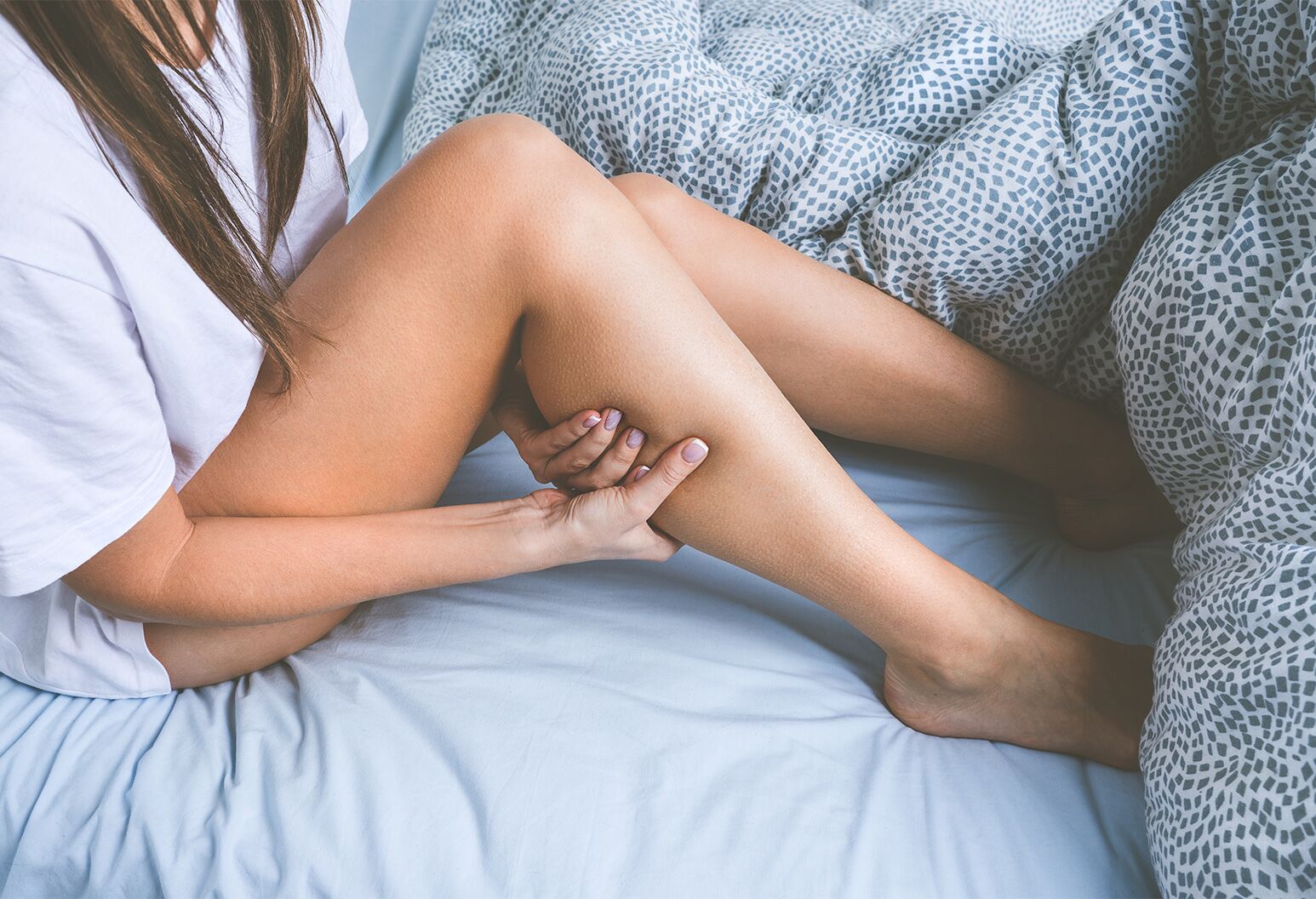
While most leg cramps are harmless and can be managed with lifestyle changes, certain symptoms may require medical attention. If you experience any of the following, it’s important to consult your healthcare provider:
-
Frequent or severe cramps that disrupt your sleep or daily activities
-
Cramping that lasts longer than a few minutes
-
Cramps accompanied by swelling, redness, or tenderness in the leg
-
Sudden cramps with no obvious cause
In some cases, these symptoms could indicate an underlying health condition, such as a circulation problem, nerve damage, or an electrolyte imbalance that requires medical treatment.
Conclusion
Nighttime cramps can be a frustrating and painful experience, but they are often manageable with a few simple lifestyle adjustments. Staying hydrated, stretching before bed, and maintaining a balanced diet can help reduce the frequency and severity of cramps. In cases where cramps become persistent or severe, seeking medical advice is important to rule out any underlying health issues. By following these tips and being proactive about your health, you can enjoy better sleep and a reduction in nighttime cramps.
